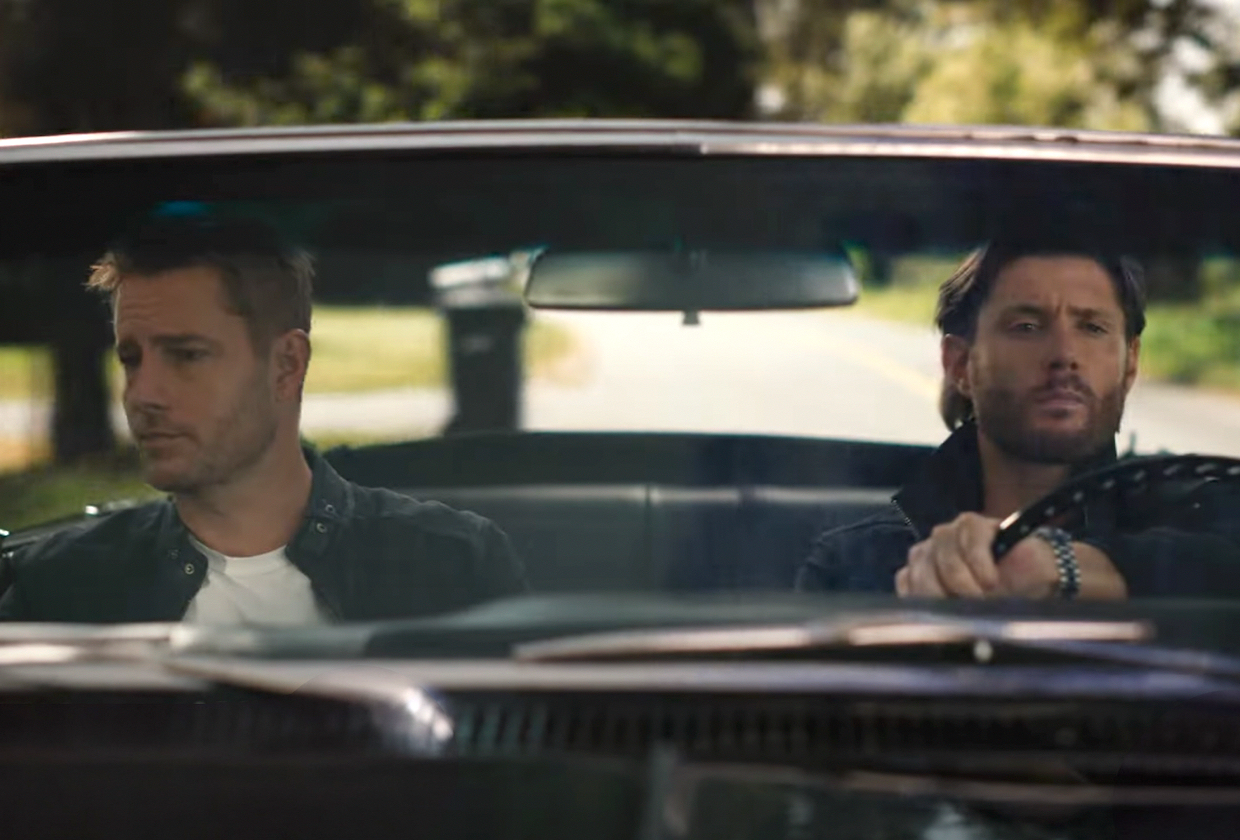
From sweeping desert plains to fog-drenched forests, Tracker is not just a story about a man solving cases—it’s a story about America itself. Each episode unfolds in a new location, each terrain bringing unique challenges, cultural dynamics, and emotional undercurrents. The CBS series treats setting not as a passive backdrop but as an active, breathing force that shapes the story and the people within it. In this article, we explore how Tracker uses location to enrich its narrative and why the landscapes Colter Shaw traverses are as much characters as any person he meets.
A Road Narrative at Its Core
At its heart, Tracker is a modern odyssey. Colter Shaw moves from place to place, answering calls for help posted across the country. Unlike other procedurals that rely on a fixed setting—say, a New York precinct or a Miami crime lab—Tracker reinvents itself with every episode.
This structure echoes the great American road narratives, from On the Road to Into the Wild. In those stories, the road isn’t just about travel—it’s about self-discovery, encountering the unfamiliar, and confronting the country’s contradictions. Tracker continues this tradition, making geography part of its psychological and thematic landscape.
Nature as Challenge and Teacher
Colter Shaw was raised in the wilderness, and nature is both his ally and his test. Many episodes use rugged terrain to heighten suspense. When Shaw is pursuing a lead in the mountains, every creaking tree and unstable rock becomes part of the story. Nature offers no shortcuts—and that’s the point.
In one memorable episode, a case leads Colter deep into a Colorado canyon where cell service vanishes and every decision could mean life or death. Here, nature becomes an equal adversary. The terrain reflects the emotional stakes—harsh, unrelenting, but also cleansing. The outdoors strip away the noise of civilization, forcing Colter and others to confront raw truth.
Small-Town America: Truth Beneath the Surface

Another defining element of Tracker‘s landscape is its portrayal of small-town America. From dusty desert towns to sleepy fishing villages, each community Colter visits reveals layers of complexity—social tensions, buried secrets, and long-standing wounds.
Unlike glamorized or caricatured depictions of rural life, Tracker often presents these places with realism and empathy. The show explores themes of economic struggle, generational trauma, and mistrust of outsiders. Colter must often gain the trust of tight-knit locals who view his presence as intrusive, not heroic.
These dynamics add emotional and cultural depth to the series, showing how place and people are inextricably linked. The land holds memories—and sometimes, those memories are painful.
Urban Centers: Bureaucracy and Broken Systems
While Tracker frequently ventures into rural spaces, it doesn’t avoid cities. Episodes set in urban environments shift the tone—there’s more surveillance, more bureaucracy, more tension between institutional power and individual action.
In one storyline set in a congested West Coast metropolis, Colter finds himself at odds with both law enforcement and the tech world. The case deals with digital privacy, surveillance, and how modern tools can both aid and hinder the search for truth. Here, the city is noisy, fast-paced, and detached—a stark contrast to the quiet, intuitive world Colter prefers.
This contrast serves a purpose: it shows how the setting influences behavior, ethics, and communication. The city is impersonal; the wilderness demands presence. Each landscape challenges Colter in different ways.
The Visual Language of Place
Cinematography in Tracker plays a critical role in elevating the role of setting. The camera doesn’t just shoot scenes—it paints them. Sweeping aerial shots, slow pans across isolated roads, and natural lighting are used to make each location visually resonate.
These visuals do more than create mood—they mirror Colter’s emotional state. Open vistas suggest clarity and freedom; dark forests imply confusion and threat. This symbolic use of landscape makes the show feel richer, more cinematic, and emotionally layered.
Setting as Identity
Colter Shaw himself is shaped by setting. Raised in the wilderness, he learned survival, independence, and suspicion. He’s more comfortable sleeping under the stars than in a hotel. When placed in sterile office buildings or tech-controlled environments, he seems slightly off-balance, disconnected.
His connection to the land is more than nostalgia—it’s his compass. It guides his intuition, grounds his choices, and helps him relate to victims who have been lost, displaced, or overlooked. In many ways, his identity is intertwined with the terrain he travels.
A Mirror of American Diversity
By moving from location to location, Tracker also becomes a portrait of America’s social, cultural, and economic diversity. Each setting brings with it a different set of customs, challenges, and human experiences.
-
An episode in the South may explore racial history and family legacies.
-
A Midwest setting might dive into agricultural life and corporate encroachment.
-
On the West Coast, issues like immigration and housing displacement arise.
These regional dynamics add substance to the procedural format. Tracker becomes not just a detective show, but a cultural map—a way to understand the varied realities of American life through the lens of missing persons and community dynamics.
Conclusion
In Tracker, location is more than scenery—it is story, symbol, and character. The landscapes Colter Shaw traverses shape not just the episodes’ plots, but the emotional and moral arcs at their core. Whether lost in a forest or facing the cold walls of a city building, Colter is always navigating terrain—external and internal.
By weaving setting so deeply into its fabric, Tracker invites viewers to look at the world with fresh eyes. Every place holds a story. Every landscape teaches a lesson. And in the end, Colter’s journey through America’s heartland becomes a reflection of our own search—for meaning, for justice, and for home.
